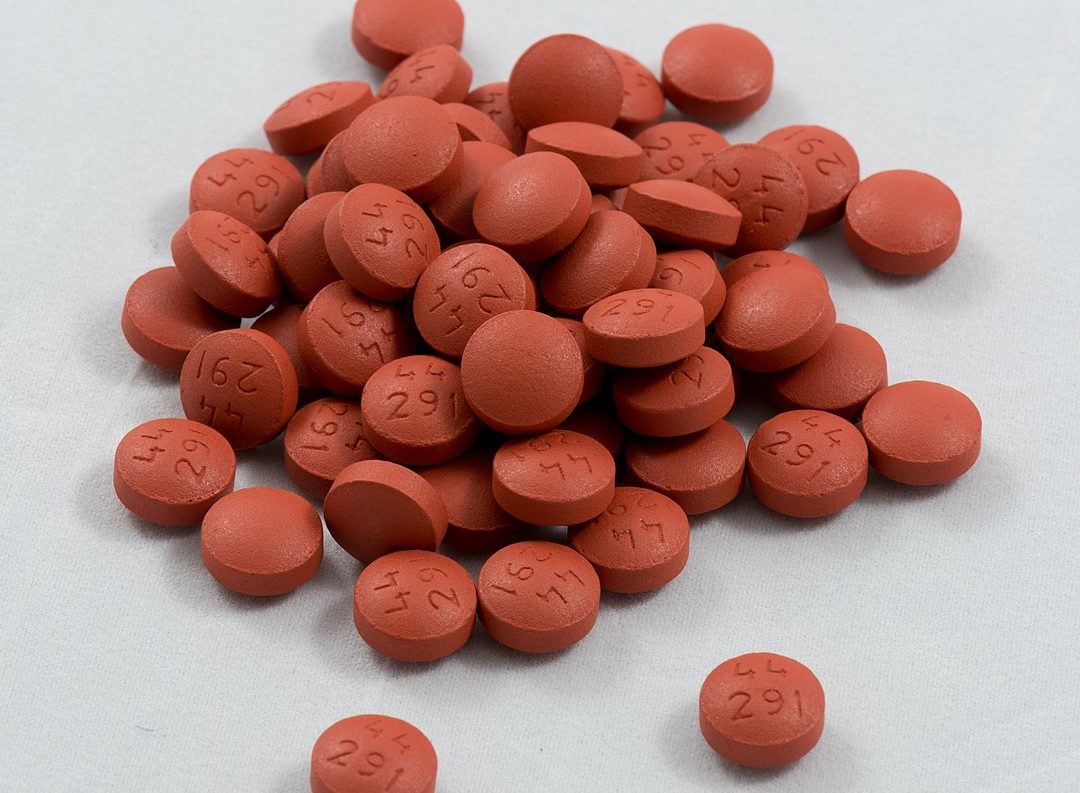The search for a perfect hangover cure remains elusive for drinkers and scientists alike. For some, however, looking to recover after a night of one too many drinks is as simple as looking in the medicine cabinet for a common pain reliever, ibuprofen. But while ibuprofen might be better associated with dealing with aches and pains, its history is inexorably connected to bleary eyes, headaches and feelings of dehydration.
Writing at Smithsonian Magazine, David Kindy revisits the invention of ibuprofen — and how it turned out to have unexpected benefits beyond what its creators intended. In 1971, Stewart Adams was in Moscow, celebrating his work creating ibuprofen. That celebration was, apparently, one which involved a lot of vodka. The following morning, Adams felt as one tends to do when you’ve had a lot of vodka the night before:
As he woke up that morning in 1971, Adams realized he needed to do something to relieve his throbbing headache, so he could coherently deliver an important speech at a pharmacological conference in a few hours. He reached for that new drug and swallowed a 600-milligram dose. Voila!
Kindy’s article explores the history of ibuprofen, which Adams began working on in a search for a cure for rheumatoid arthritis. That led him to explore aspirin, and prompted him to set out to discover whether or not aspirin’s pain-relieving qualities could be duplicated without its side effects.
Adams’s discovery took him to some unexpected places, but in the end resulted in something useful for both chronic pain and more temporary ailments. Sometimes with science, it’s the little things that matter most.
Subscribe here for our free daily newsletter.
Whether you’re looking to get into shape, or just get out of a funk, The Charge has got you covered. Sign up for our new wellness newsletter today.


















